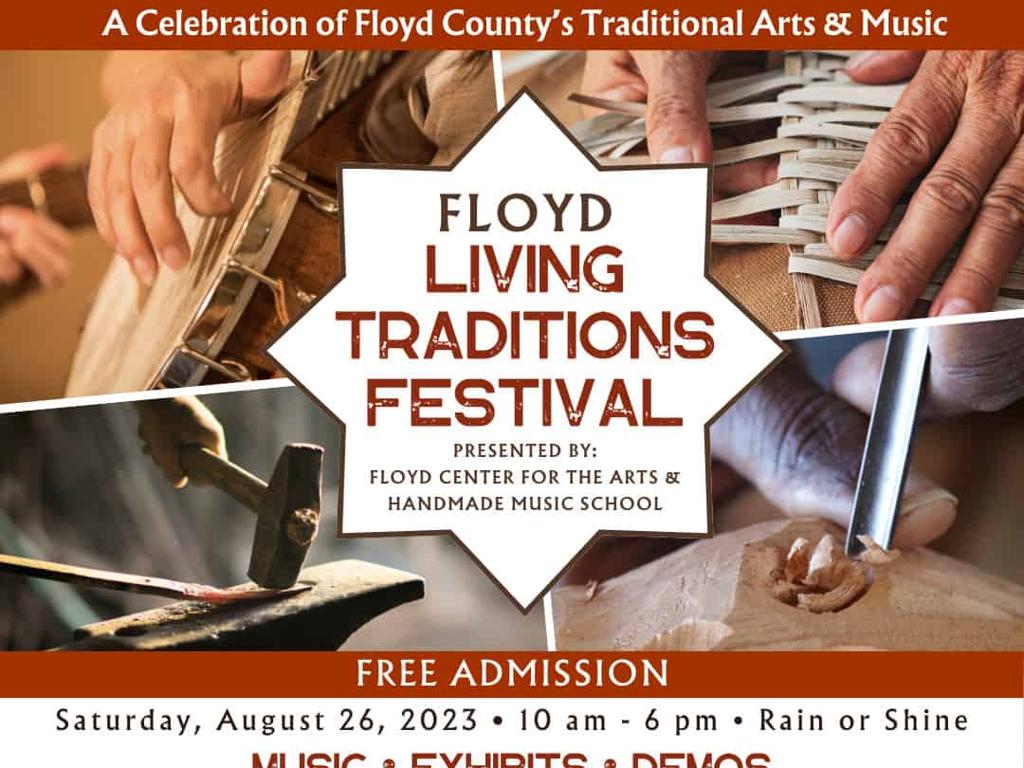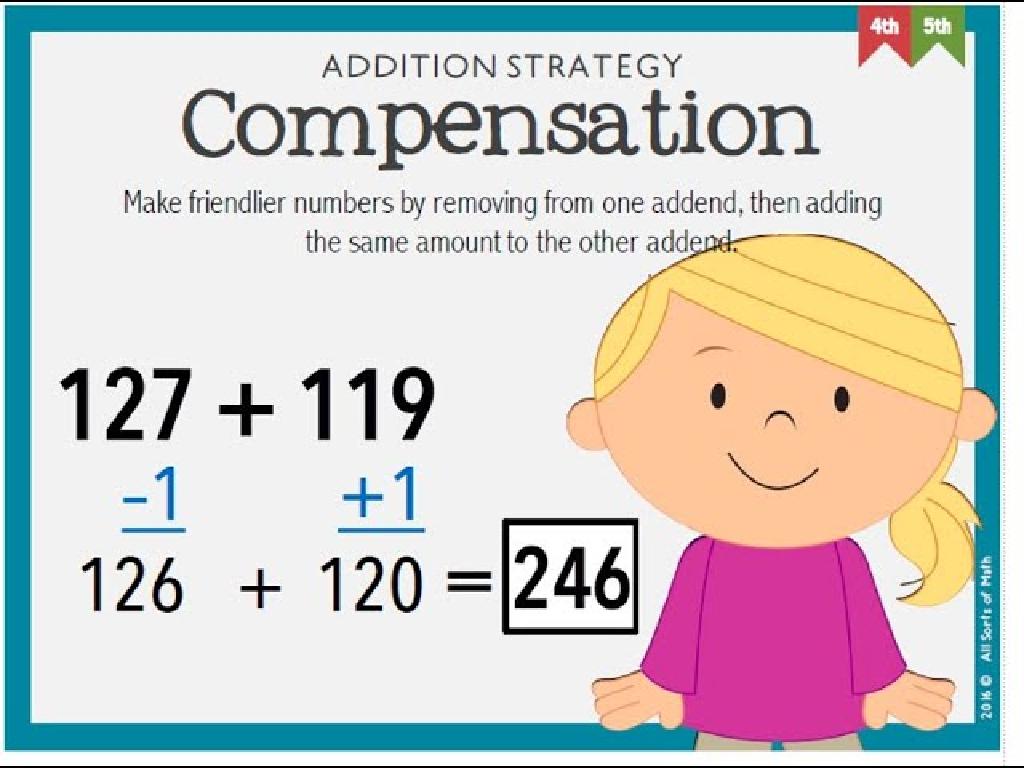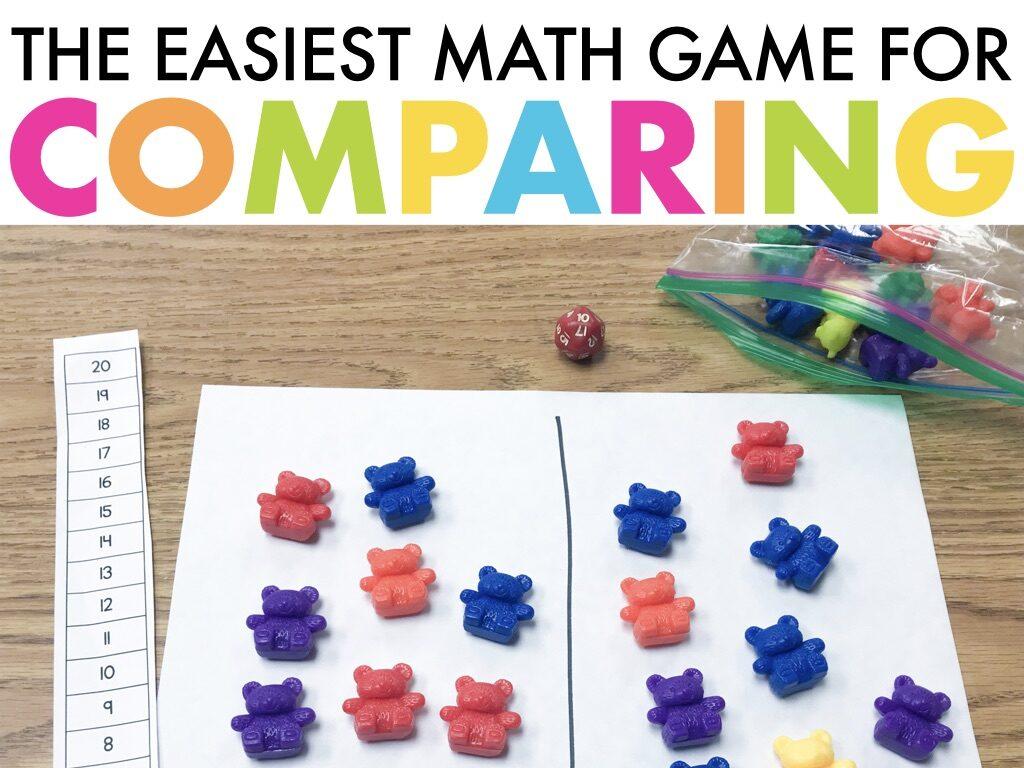Identify Text Structures
Subject: Language arts
Grade: Seventh grade
Topic: Text Structure
Please LOG IN to download the presentation. Access is available to registered users only.
View More Content
Welcome to Text Structures!
– Explore text building blocks
– Texts are built with structures like cause/effect, sequence, and comparison.
– Importance of text structures
– Recognizing structures improves comprehension and analysis skills.
– Overview of today’s lesson
– We’ll identify different text structures and learn how to use them.
– Engage with examples & activities
– Look at real examples and practice identifying structures in class.
|
This slide introduces students to the concept of text structures, which are the frameworks that writers use to organize information in a piece of writing. Understanding these structures is crucial for students as it aids in comprehension and enhances their ability to analyze texts. Today’s lesson will cover the various types of text structures, such as cause and effect, sequence, compare and contrast, problem and solution, and description. Students will engage with examples and participate in activities to practice identifying these structures, which will help them become more effective readers and writers.
Exploring Text Structures
– Define text structure
– The way information is organized in writing
– Text structure’s role in comprehension
– It helps readers understand the information more easily
– Examples of text structures
– Description, Sequence, Cause and Effect, Compare and Contrast, Problem and Solution
– Activity: Identify structures
– Find examples in provided excerpts
|
This slide introduces the concept of text structure, which is crucial for understanding and analyzing written material. Text structure refers to the way authors organize information in their writing, and recognizing these structures can greatly enhance a student’s comprehension. Common structures include description, where the author provides details about a topic; sequence, which outlines events in the order they occurred; cause and effect, explaining why something happened; compare and contrast, discussing similarities and differences; and problem and solution, presenting an issue and its resolution. The class activity will involve students working with excerpts from texts to identify these structures, fostering their analytical skills and reinforcing the lesson.
Types of Text Structures
– Chronological Order
– Events are described in the order they happened
– Cause and Effect
– Shows how one thing leads to another
– Compare and Contrast
– Highlights similarities and differences
– Problem and Solution
– Presents a problem and explores solutions
– Description or List
– Provides details or steps in a process
|
This slide introduces students to the five main types of text structures they will encounter in various readings. Chronological order is used for narratives and processes, showing the sequence of events or steps. Cause and effect explains reasons why something happened and the consequences that follow. Compare and contrast is used to analyze two or more items, ideas, or events, focusing on their similarities and differences. Problem and solution structure presents an issue and then details one or more ways to resolve it. Description or list provides a detailed explanation or enumeration of certain aspects of a topic. Encourage students to look for signal words that often indicate the type of text structure being used.
Understanding Chronological Order
– Define chronological order
– A method of organizing events in the order they occurred
– Signal words to identify
– Look for words like ‘first’, ‘then’, ‘finally’
– Example: Butterfly life cycle
– From egg to butterfly: stages in time order
– Analyzing text structure
– Practice by placing events in the correct sequence
|
Chronological order is a common text structure in writing that arranges events by the time at which they occurred. It’s essential for students to recognize signal words that indicate time sequences, such as ‘first’, ‘next’, ‘later’, and ‘finally’. These words help readers understand the order of events. Use the life cycle of a butterfly as a clear example to illustrate this concept, as it’s a familiar process that naturally occurs in a specific order. Encourage students to practice by identifying the chronological order in various texts and by organizing events or steps in a process into the correct sequence. This will enhance their comprehension and ability to summarize texts.
Understanding Cause and Effect in Texts
– Grasping cause and effect
– Recognize how one event leads to another
– Signal words to identify
– Words like ‘because’, ‘since’, ‘therefore’, ‘as a result’
– Example: Pollution’s impact
– Discuss how pollution causes environmental changes
– Analyzing cause-effect relationships
|
This slide aims to help students understand the concept of cause and effect within texts, a critical component of reading comprehension. Start by explaining that a ’cause’ is why something happens, and an ‘effect’ is what happens as a result. Highlight signal words that often indicate cause and effect relationships, such as ‘because’, ‘since’, ‘therefore’, and ‘as a result’. Use the example of pollution and its effects on the environment to show a real-world application of this text structure. Encourage students to think of other examples and to analyze texts for these relationships, enhancing their critical thinking and analytical skills.
Text Structures: Compare and Contrast
– Understanding Compare & Contrast
– Learn to examine how two things are alike and different.
– Key Words: Similarities & Differences
– Look for ‘like’, ‘similar’, ‘both’, ‘unlike’, ‘on the other hand’, etc.
– Example: Characters in a Story
– Compare traits, motivations, or roles of two characters.
– Practice with a partner
|
This slide introduces the concept of comparing and contrasting as a text structure. Students should understand that this structure helps to examine and analyze how two or more things are similar and how they are different. Highlight key words and phrases that often signal a comparison or contrast in a text. Use an example from a familiar story to illustrate comparing and contrasting two characters, discussing their traits, motivations, and roles within the story. Encourage students to practice this skill by pairing up and comparing two characters from a book they have read, or two topics they are familiar with, to reinforce their understanding.
Text Structures: Problem and Solution
– Identify problems in texts
– Look for challenges or conflicts presented
– Recognize solution signals
– Solutions are responses to these challenges
– Words indicating problems/solutions
– ‘Therefore’, ‘As a result’, ‘To solve this’
– Analyze a community issue response
– Discuss how a community addressed an issue
|
This slide aims to help students understand the ‘problem and solution’ text structure, which is essential for analyzing and comprehending complex texts. Start by explaining how to identify the problem, which is usually a challenge or conflict the characters face. Then, discuss how to find the solution, which is how the characters resolve the issue. Highlight key words and phrases that often signal a problem (such as ‘issue’, ‘dilemma’, ‘obstacle’) or a solution (‘solution’, ‘resolved’, ‘addressed’). Use an example of a community responding to a local problem to illustrate this concept in a real-world context. Encourage students to think critically about how the problem was approached and what steps were taken to find a solution.
Understanding Descriptive/List Text Structures
– Define Descriptive/List Structure
A text layout that illustrates a topic with details or lists items.
– Identify descriptive language
Look for adjectives, imagery, and sensory words that paint a picture.
– Example: Story setting description
E.g., ‘The ancient forest was alive with vibrant colors and the melody of wildlife.’
– Analyzing text structure
Recognize how authors organize information to enhance comprehension.
|
This slide introduces students to the concept of descriptive or list text structures, which are commonly used in literature to provide detailed information or enumerate a series of items. Emphasize the use of descriptive words and phrases that create vivid images in the reader’s mind, enhancing the reading experience. Use an example from a well-known story to illustrate how a setting can be described, highlighting the use of adjectives and sensory details. Encourage students to analyze texts they read to identify the structure and understand the author’s purpose in choosing it. This will help them become more effective readers and writers.
Group Activity: Analyzing Text Structures
– Let’s analyze texts together
– Group activity with articles
– Work in small groups to examine articles
– Identify different text structures
– Look for clues: sequence, compare/contrast, cause/effect, problem/solution
– Discuss findings as a class
– Share insights and learn from each other’s analysis
|
This slide introduces a collaborative classroom activity focused on identifying text structures. Students will work in small groups to analyze assigned articles, looking for specific text structures such as chronological order, comparison and contrast, cause and effect, and problem and solution. After the group work, students will come together as a class to discuss their findings. This will help them understand how different structures can shape the understanding of a text. As a teacher, facilitate the discussion by asking guiding questions and providing feedback. Prepare a diverse set of articles to cater to different reading levels and interests. Encourage students to justify their reasoning for the text structures they identify.
Class Activity: Crafting Text Structures
– Choose a topic for your paragraph
– Decide on a text structure to use
– Examples: Description, Sequence, Comparison, Cause/Effect, Problem/Solution
– Write a paragraph using the structure
– Ensure the paragraph reflects the chosen structure clearly
– Share and discuss with a partner
|
This activity is designed to help students apply their knowledge of text structures in a practical setting. Students should first select a topic they are interested in. Then, they need to decide which text structure would best present their ideas. Possible structures include description, sequence, comparison, cause and effect, or problem and solution. After writing their paragraph, students will pair up to share their work. This peer review process allows them to see how different structures are used and to give and receive feedback. For the teacher: Prepare a list of topics and text structures for students who may have difficulty choosing. Encourage creativity and provide support as needed. After the activity, discuss as a class how different structures can change the way information is conveyed.
Review and Reflection: Text Structures
– Recap of text structures
– Importance of identifying structures
Understanding structures helps comprehend and organize information.
– Enhancing reading with text structures
Recognizing patterns aids in predicting and analyzing text.
– Text structures’ role in writing
Using structures improves clarity and effectiveness in writing.
|
This slide aims to consolidate students’ understanding of text structures and emphasize their significance in both reading and writing. A recap of the different text structures (description, sequence, comparison, cause and effect, problem and solution) will be provided. Discuss why identifying these structures is crucial for comprehension and how it can help students organize information logically. Highlight how recognizing these patterns can aid in better predicting and analyzing the content they read. Finally, explain how applying these structures in their writing can enhance clarity and effectiveness, making their work more engaging and easier to follow. Encourage students to reflect on how their understanding of text structures has improved their skills and to provide examples from their reading or writing experiences.
Homework: Exploring Text Structures
– Read the assigned text at home
– Determine the text’s structure
– Look for clues: sequence, compare/contrast, cause/effect, etc.
– Reflect on the structure’s impact
– How does the structure help or hinder comprehension?
– Be ready to discuss in class
|
This homework assignment is designed to reinforce students’ understanding of text structures and their ability to identify them in actual texts. By reading the assigned material at home, students will practice pinpointing whether the text is organized in chronological order, comparison, cause and effect, or problem and solution. They will then write a reflection on how this structure aids or challenges their understanding of the content. This exercise will enhance their analytical skills and prepare them for a more in-depth discussion in the next class. Encourage students to provide specific examples from the text to support their reflection. This will also help them to engage more critically with reading materials.





-a-solution-to-the-nonlinear-equation/nonlinear_graphs_examples.png)
